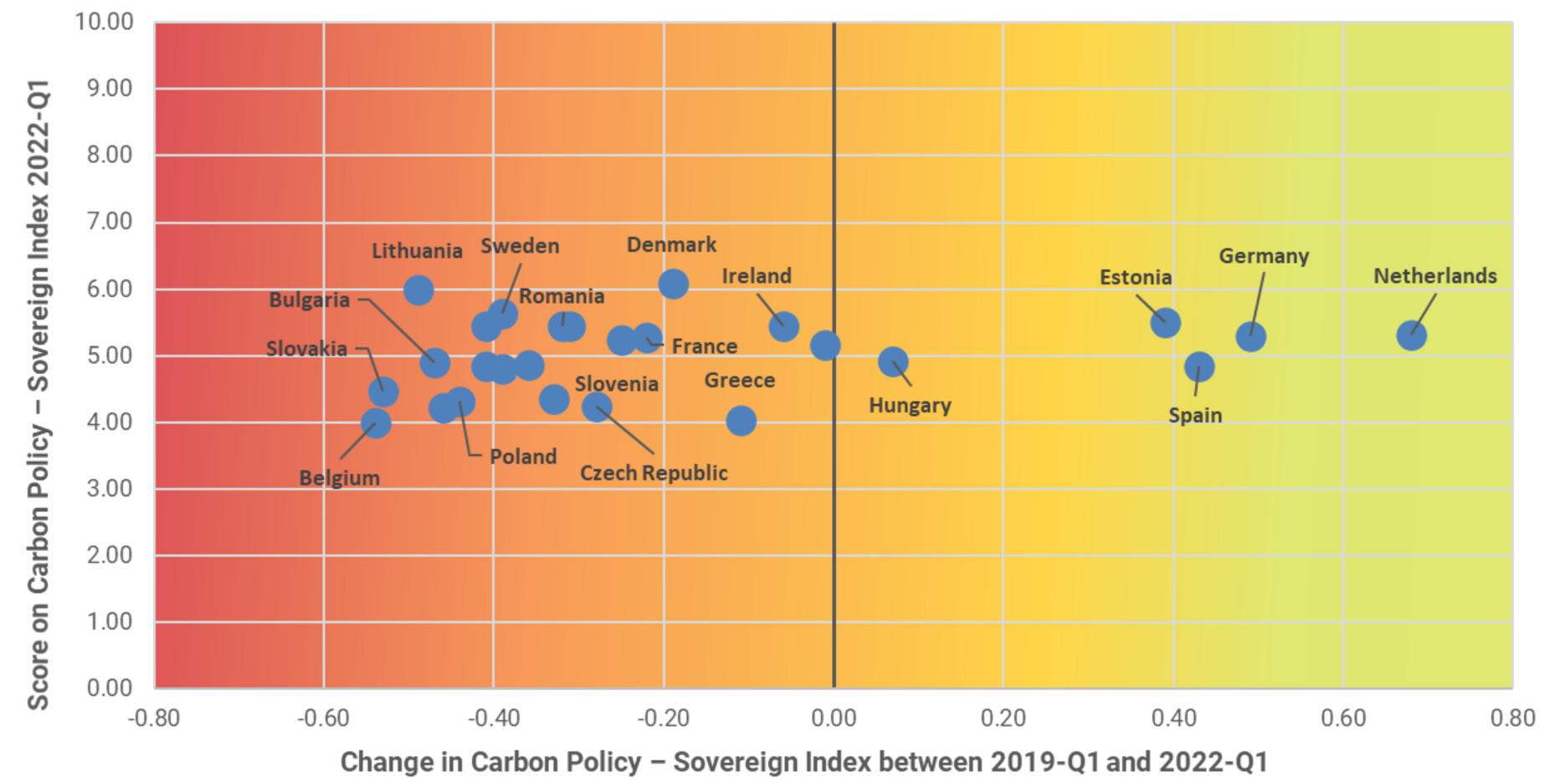Geospatial ESG investing
Learn more
Latin America’s inflation nightmare returns
As we predicted at the outset of the pandemic, the inflation nightmare is stalking Latin America again, leaving even the most proactive central banks on the back foot.
- Peru’s BCRP on 10 February lifted the benchmark interest rate by 50 basis points (bps) to 3.5%, its seventh consecutive hike, after annual inflation hit 5.7% in January. The BCRP lifted its 2022 inflation forecast to 3.7%, while warning of a negative trajectory for most economic indicators, along with financial volatility, in response to the continued chaos surrounding the new government led by radical left-wing President Pedro Castillo
- Mexico’s Banxico simultaneously lifted its rate by 50 bps to 6.0%. This was Banxico’s sixth consecutive hike since June 2021. Banxico likewise cited inflation pressures, after consumer prices hit 7.07% year on year in January, well above Banxico’s 3% +/-1% target range. And in an ominous sign of rising inflation expectations, Banxico said that CPI levels would not return to target level until late 2023
- Brazil’s BCB in early February pushed the benchmark Selic up 150 bps to 10.75%, the eighth consecutive hike, after inflation hit a double-digit 10.4% year on year in January, the highest since 2016. The BCB now forecasts year-end inflation of 5.4% in 2022 (up from an earlier forecast of 4.7%), easing to 3.2% by end-2023. But that’s not the end of the story for the Selic – market expectations are now for it to reach 11.75% by end-2022, before easing back to 7% by end-2023
- This implies a negative outlook for the local economy, with GDP expectations now dipping into negative territory. The weak economy will almost certainly play into the hands of former president Lula da Silva (2003-2010), who is looking to make a comeback in October and unseat the rightwing populist Jair Bolsonaro. Lula’s economic advisors have already declared that Brazil needs more tools beyond recession-inducing high interest rates to tackle the global price shocks of the post-pandemic ilk
- Finally, Chile’s BCCh now has interest rates at their highest level since 2008, following another large 150 bps increase in late January to 5.5%. Annual inflation was 7.7% in January, up from 7.2% in December (when the CPI index hit its highest level in 14 years) – more than double BCCh’s targeted 3%
What does it all mean? Well, we had previously flagged up the risk of stagflation in Latin America in 2022 – and the IMF and others have latterly begun to agree with us. The Fund has now slashed its real GDP forecast for the region to just 2.4% year on year in 2022, from 3% previously, with a warning that the current inflation pressures risk becoming more broad-based.
This could de-anchor inflation expectations (already happening in some economies, in our view), putting intense pressure on the region’s central banks – which have worked very hard in the decades since the financial crises of the 1980s to build up credibility and restore public/investor trust.
Latin America’s large informal economy (of up to 70%) means that the monetary and financial tools typically deployed by central banks to contain inflation are less effective than in APAC or developed economies.
And with some 201 million people in poverty in 2021 on latest UN data - almost a third (32%) of the region’s population - tens of millions of Latin American households will struggle to cope with wild swings in price-volatile food and energy staples, just as governments are phasing out pandemic emergency aid. This will only add to the region’s still-simmering social tensions in the wake of what was a very traumatic pandemic experience.
With the US Fed also under pressure to move faster (inflation is now at a 40 year high of 7.5%), the combination for Latin America of tighter local and global financial conditions, declining investor risk sentiment towards EMs and weakening exchange rates against the US dollar (which increases BOP pressures) all adds up to a tricky conflation for regional policymakers in coming months.
The Fund has already urged Latam treasuries to get ahead of the US Fed by extending public debt maturities, reducing fiscal rollover needs more generally, and limiting the buildup of currency mismatches on financial sector balance sheets where possible.
This is easier said than done. We anticipate another difficult juggling act this year for the region’s principal sovereigns.
Eileen Gavin
Principal Analyst, Global Markets & Americas
ESG+ Matters notification
SubscribeChart of the week
Quote of the week
Our conversation was the dialogue of a mute person with a deaf person.
Sergei Lavrov
Russia’s foreign minister Sergei Lavrov after talks on the Ukraine crisis with the UK’s foreign secretary, Liz Truss, in Moscow on 10 February
What we’re reading
- America’s frackers are back, and they’re looking leaner, Bloomberg, 8 February 2022
- Why Turkey’s economic resilience has defied worst fears, FT, 10 February 2022
- Stakeholder capitalism depends on full disclosure from corporate America, FT, 10 February 2022
- Dyson accused of forced labour and dangerous conditions by migrant workers in Malaysian factory, Leigh Day, 10 February 2022
